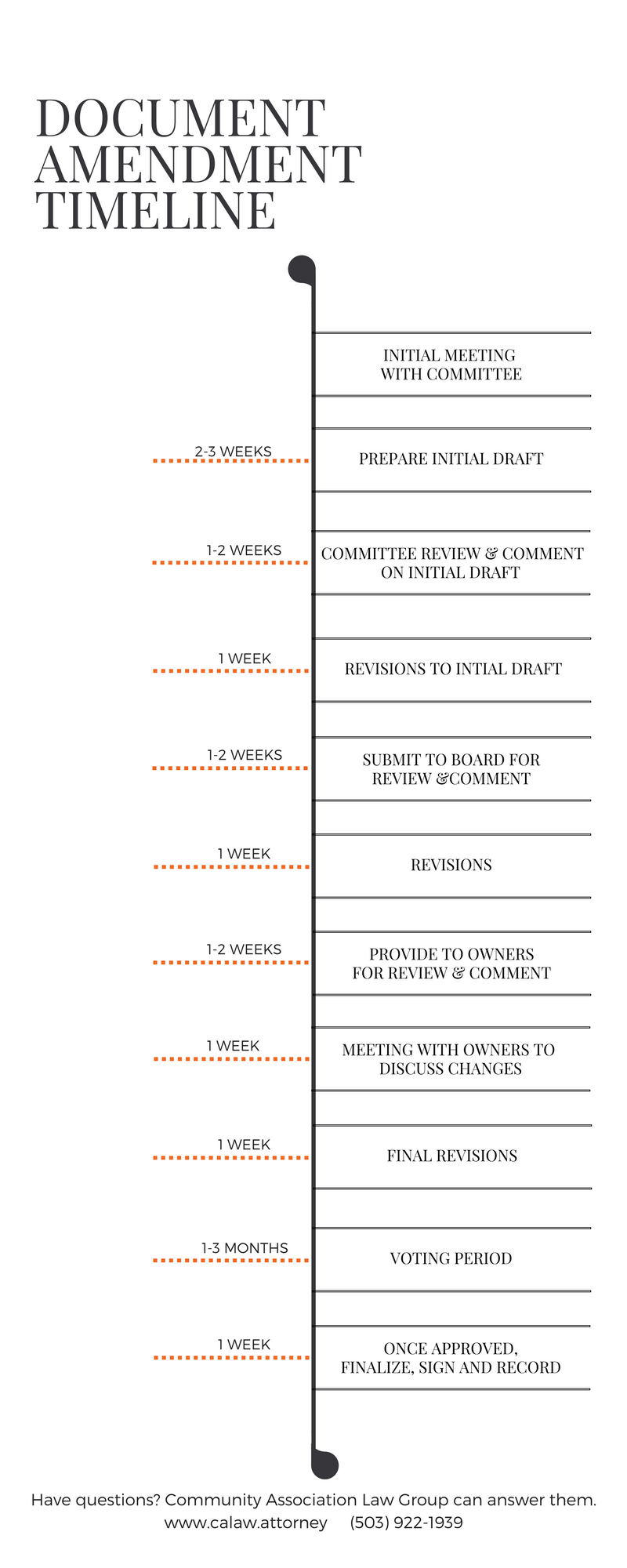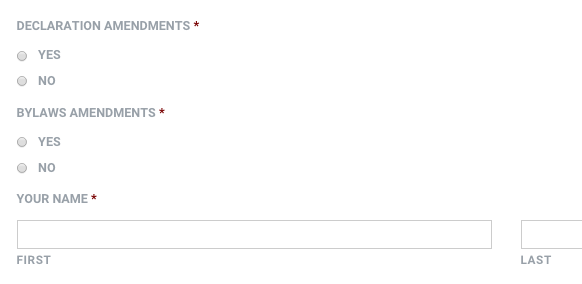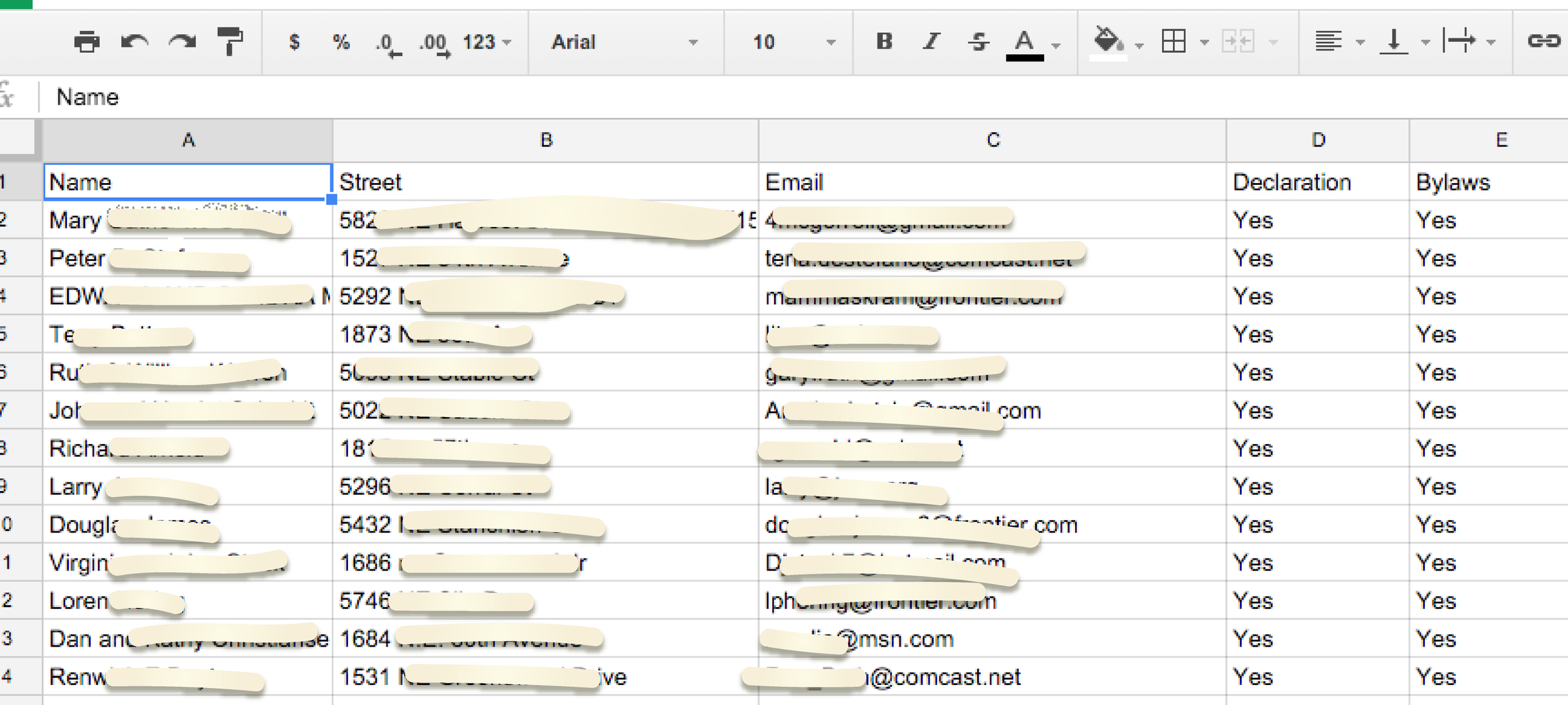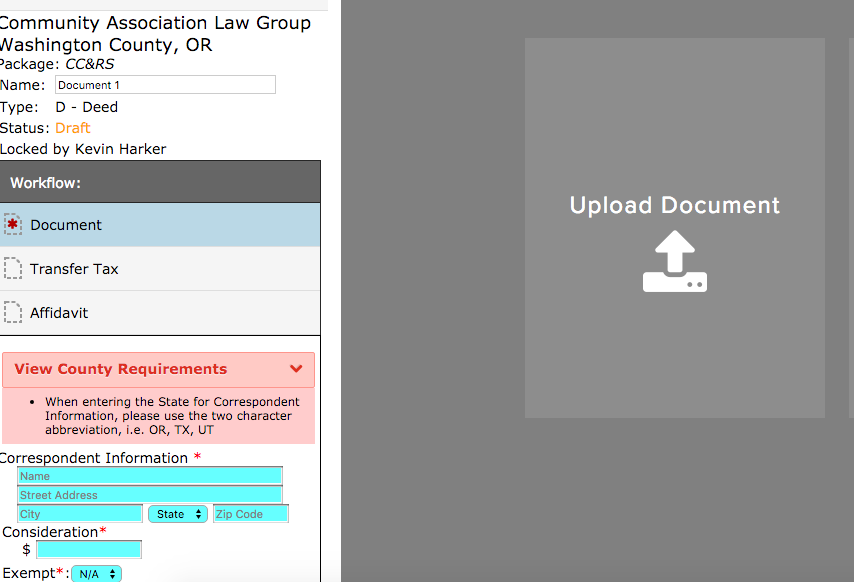Board meetings can easily turn into chaos. State law (in Oregon and Washington) and governing documents often provide guidance on running board meetings. Parliamentary procedure, most importantly, should be used to keep order and allow the meeting to proceed efficiently. The following is a brief overview of the components which are necessary for an effective board meeting.
1. Starting the Meeting
Once quorum is present, the Chair should state “The meeting will come to order.”
2. Parliamentary Procedures
The Board of Directors should use Robert’s Rules of Order to conduct its meetings.
3. Order of Business
Sometimes called the "agenda", Robert's Rules uses the term "Order of Business." Some association bylaws may dictate the agenda for board meetings. Otherwise, use the following order of business:
A. Reading and Approval of Minutes (Following any corrections, the minutes should be approved, typically by unanimous consent)
B. Reports of Officers, Boards and Standing Committees
C. Unfinished Business
Sometimes incorrectly referred to as “Old Business”, this refers to questions that have been carried over from the previous meeting as a result of that meeting having been adjourned without completing its order of business.
D. New Business
Following any unfinished business, the chair will ask “Is there any new business?” Board members may introduce new items of business at this time.
4. Quorum
Quorum is the number of individuals who must be present in order to conduct business. Most bylaws require a majority of directors to be present in order to achieve quorum. In the event there is not a quorum, the meeting cannot continue.
5. Open Meetings Requirement
Washington and Oregon require homeowner association board meetings to be open to the membership. (ORS 94.640 / RCW 64.38.035) All meetings of the board must be open to owners and properly noticed, except for emergency meetings.
6. Motions
In formal settings, there should be no discussion without a motion. A motion is a formal proposal for the board to discuss and vote on a particular issue. Meetings should follow the same structure each time: motion, second, debate, vote. Here’s how it works:
A. Member makes the motion
B. Another member seconds the motion
C. The presiding officer repeats the motion to ensure that everyone is discussing and voting on the same issue
D. Member then debate or discuss the motion
E. The presiding officer “puts” the motion to a vote
F. The outcome of the vote is announced.
7. Executive Session
Executive session may be used to discuss sensitive or confidential topics. During a normal, open board meeting, any board member may make a motion to convene in executive session. The minutes of the meeting should reflect the motion to convene in executive session. The board members then discuss the relevant issues in executive session. Once the discussion is complete, the board reconvenes to the open meeting. If any motions or decisions need to be made, they are done so once the board has returned to the open meeting. There are no motions, and no voting, during the executive session.
A. Topics Allowed - Washington
1. Consideration of personnel matters;
2. Consultation with legal counsel or to consider communications with legal counsel, and discuss likely or pending litigation;
3. Matters involving possible violations of the governing documents of the association; and
4. Matters involving the possible liability of an owner to the association.
B. Topics Allowed - Oregon
1. Consultation with legal counsel;
2. Personnel matters, including salary negotiations and employee discipline;
3. Negotiation of contracts with third parties; and
4. Collection of unpaid assessments.
8. Meeting Minutes
The meeting minutes should include the following:
- Type of Meeting (Special, Regular, Adjourned)
- Name of the Association
- Date and Time of the Meeting
- Place of Meeting
- Whether previous meeting minutes were approved
- Separate paragraphs with name of person who makes motions and:
- All main motions and any amendments
- Whether the motion passed
- Names of those who voted in favor of the motion and the names of those who voted against the motion
- Do NOT include:
- Name of person who seconded motion
- Remarks of guest speakers
- Motions which are withdrawn
- Personal opinions
- Hour of adjournment
As always, talk to a qualified HOA or condominium lawyer for legal advice.







